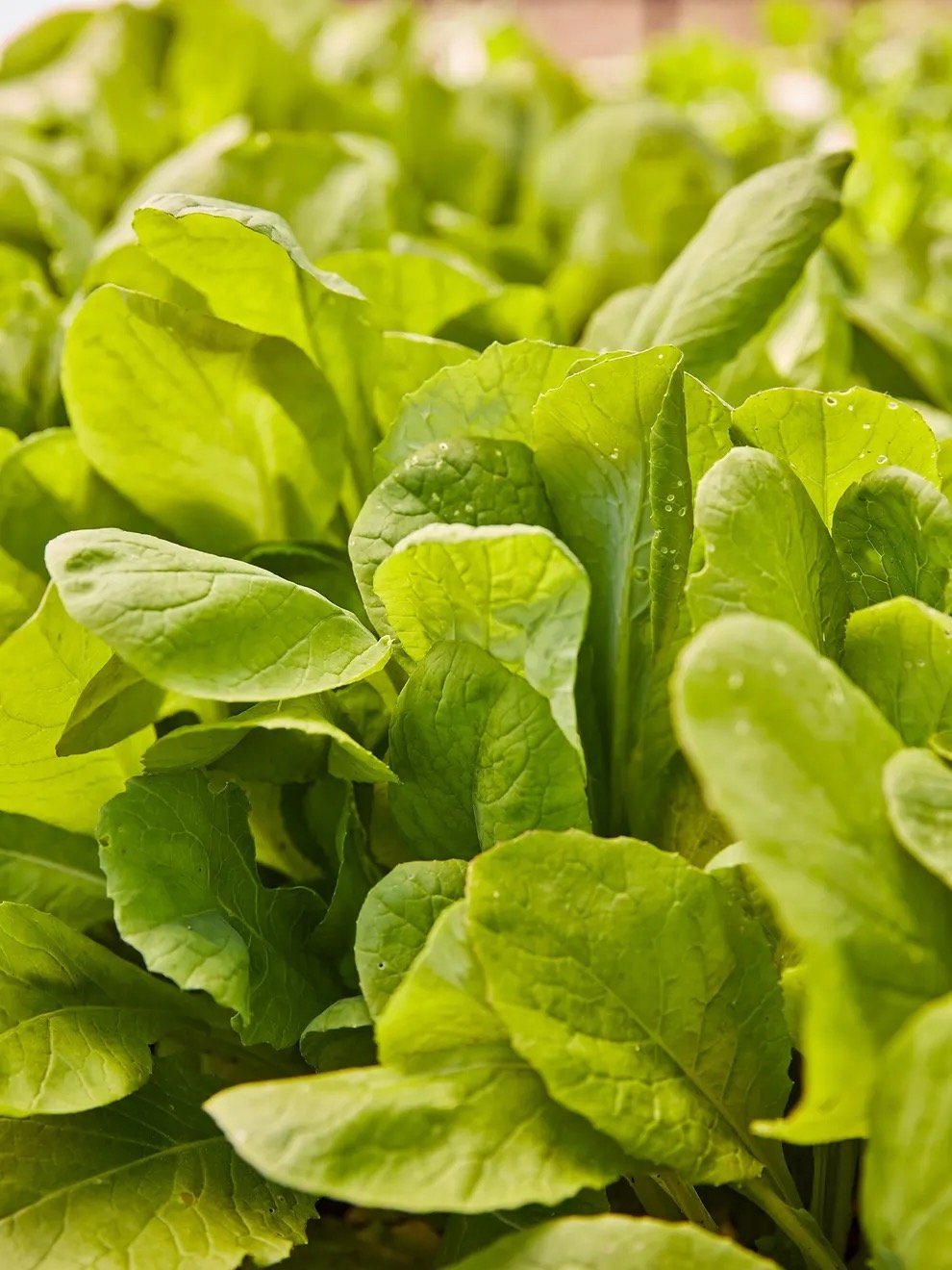 Image 1 of 1
Image 1 of 1


Mustard, Tendergreen
How to Sow and Plant
For optimum flavor, grow in cool weather.
Prepare the bed by turning the soil under to a depth of 8 inches. Level with a rake to remove clumps of grass and stones.
Sow in average well-worked soil in full sun. Do not plant where members of the cabbage family were planted in the past two years. Plant in early spring and again in midsummer for a fall crop.
In rows 24 inches apart, sow seeds evenly and cover with ½ inch fine soil. Firm lightly and water gently.
Seedlings emerge in 10-21 days depending on soil and weather conditions.
For continuous harvest, sow every 14 days until the weather becomes hot.
Thin gradually to stand 12 inches apart starting when seedlings are about 1-2 inches high.
How to Grow
Keep weeds under control during the growing season. Weeds compete with plants for water, space and nutrients, so control them by either cultivating often or use a mulch to prevent their seeds from germinating. Avoid disturbing the soil around the plants when weeding.
Keep plants well watered during dry periods to promote rapid, uninterrupted growth. Plants need about 1 inch of rain per week during the growing season. Use a rain gauge to check to see if you need to add water. It’s best to water with a drip or trickle system that delivers water at low pressure at the soil level. If you water with overhead sprinklers, water early in the day so the foliage has time to dry off before evening, to minimize disease problems. Keep the soil moist but not saturated.
Monitor for pests and diseases. Check with your local Cooperative Extension Service for pest controls recommended for your area.
How to Sow and Plant
For optimum flavor, grow in cool weather.
Prepare the bed by turning the soil under to a depth of 8 inches. Level with a rake to remove clumps of grass and stones.
Sow in average well-worked soil in full sun. Do not plant where members of the cabbage family were planted in the past two years. Plant in early spring and again in midsummer for a fall crop.
In rows 24 inches apart, sow seeds evenly and cover with ½ inch fine soil. Firm lightly and water gently.
Seedlings emerge in 10-21 days depending on soil and weather conditions.
For continuous harvest, sow every 14 days until the weather becomes hot.
Thin gradually to stand 12 inches apart starting when seedlings are about 1-2 inches high.
How to Grow
Keep weeds under control during the growing season. Weeds compete with plants for water, space and nutrients, so control them by either cultivating often or use a mulch to prevent their seeds from germinating. Avoid disturbing the soil around the plants when weeding.
Keep plants well watered during dry periods to promote rapid, uninterrupted growth. Plants need about 1 inch of rain per week during the growing season. Use a rain gauge to check to see if you need to add water. It’s best to water with a drip or trickle system that delivers water at low pressure at the soil level. If you water with overhead sprinklers, water early in the day so the foliage has time to dry off before evening, to minimize disease problems. Keep the soil moist but not saturated.
Monitor for pests and diseases. Check with your local Cooperative Extension Service for pest controls recommended for your area.
